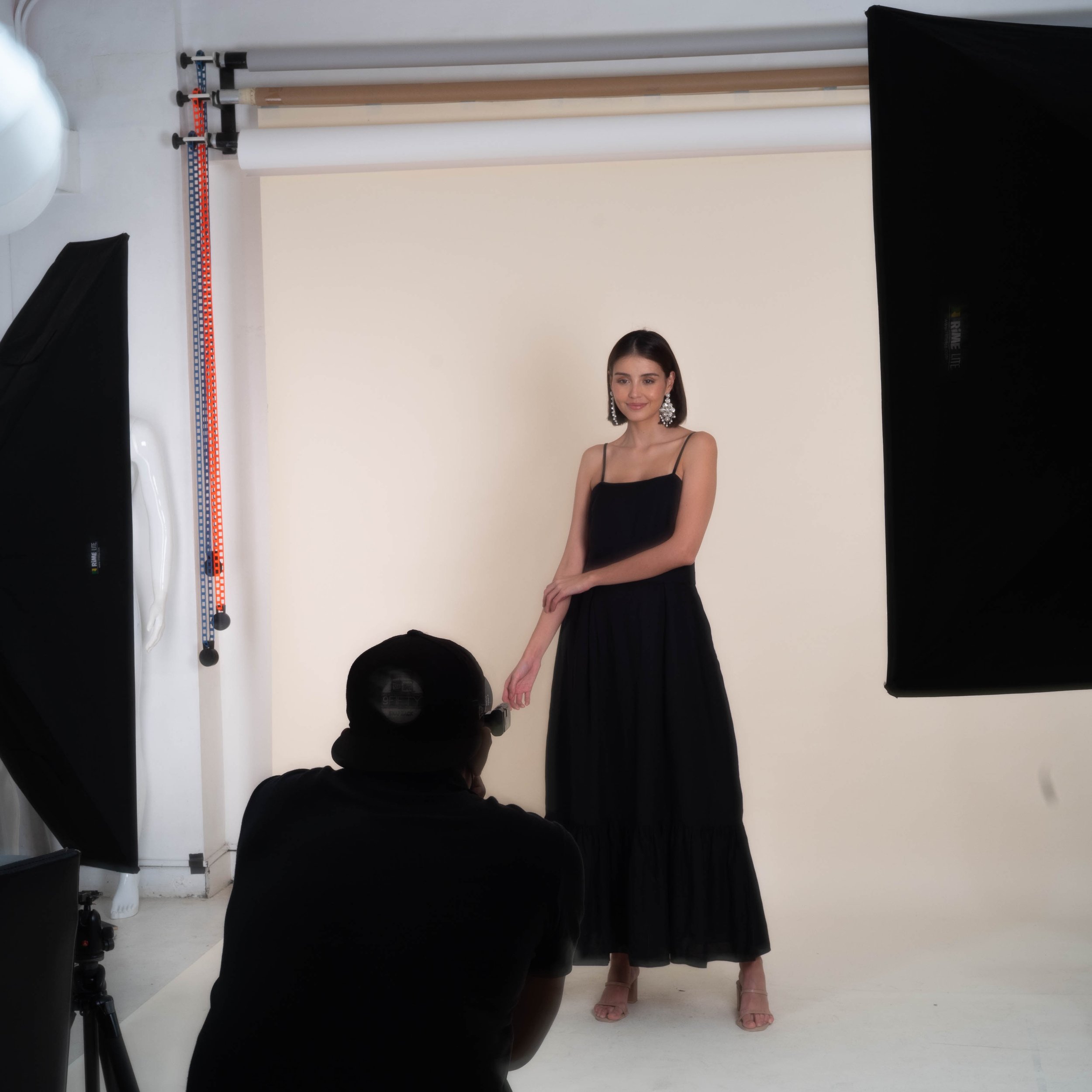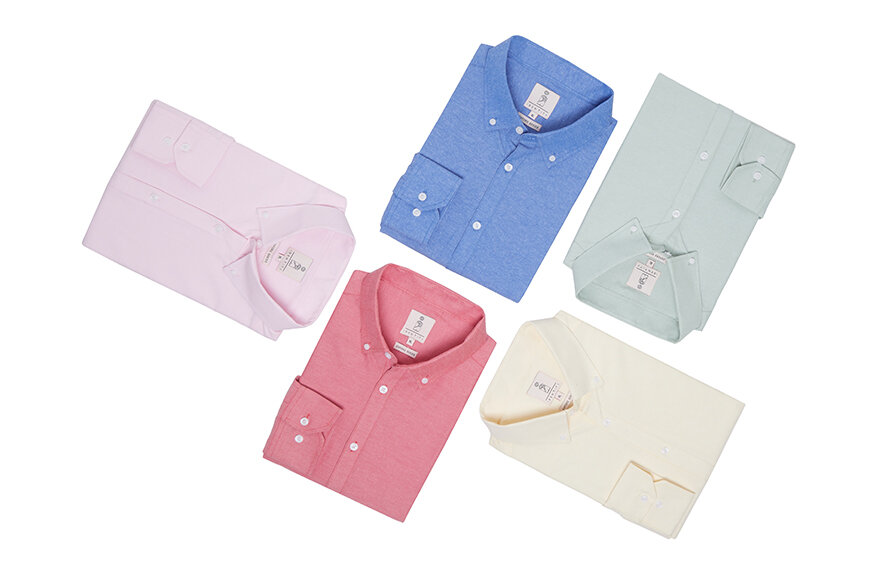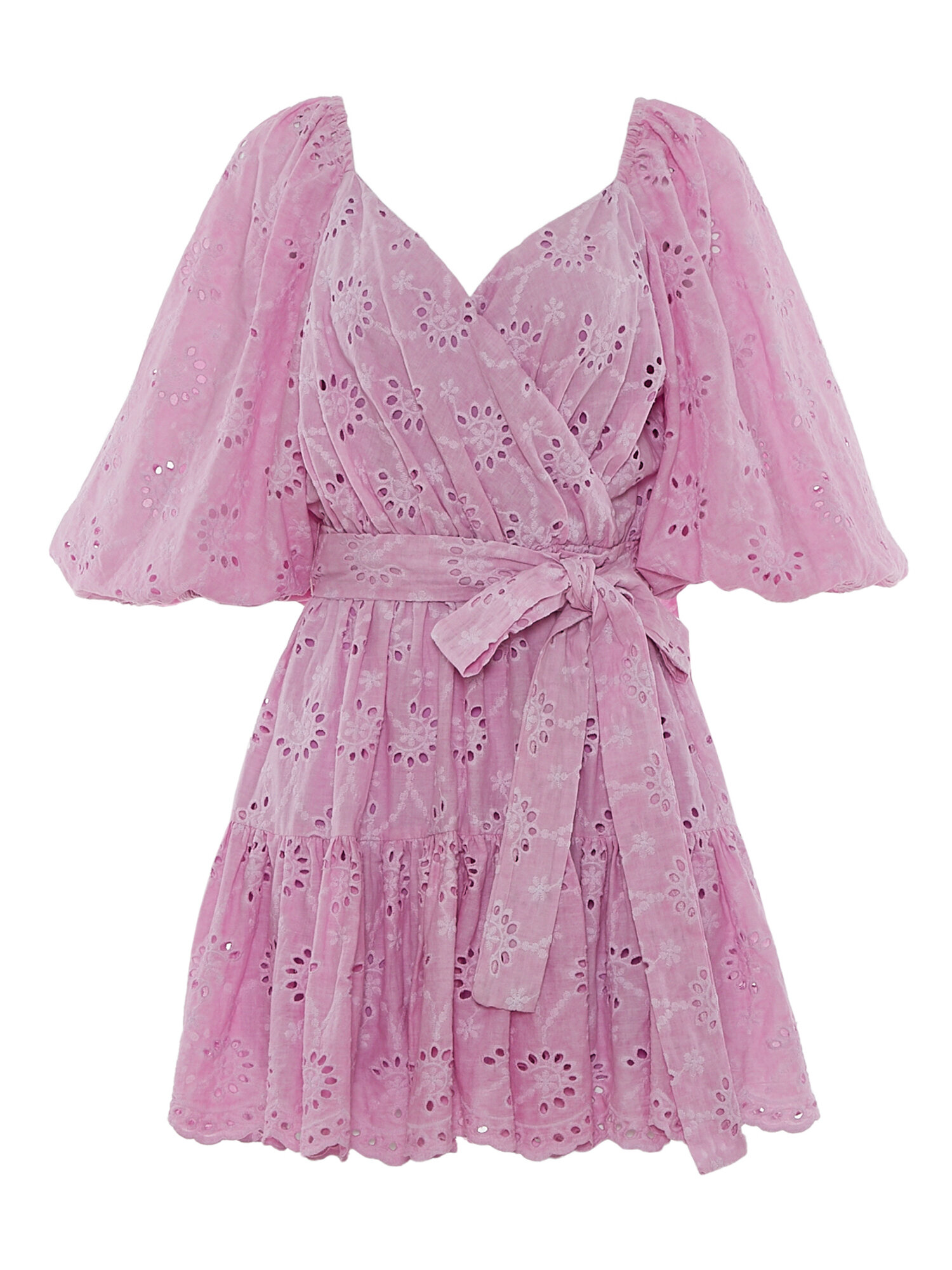5 WAYS FASHION PHOTOGRAPHY CAN BOOST YOUR ONLINE SALES
Fashion photography is one of the most predominant types of photography around. You see it on billboards, posters, magazines, catalogs, and all over social media. So, it’s no surprise that product photography for online clothing stores has become a key factor in driving traffic to your virtual shop. Your online images can spell the difference between customer clicks or shoppers straying away from the site. Here are 5 ways you can create eye-catching fashion photography to boos your online sales.
1. Create a solid concept to attract your audience
There are so many different and creative ways to show off clothing that it can be confusing. Should you go for a model or mannequin? Do you use hangers, pin them against a white styro board, or do flat-lays? These questions can be easily answered by the experienced fashion photographer. They can help you solidify your brand imaging, the lifestyle you’re selling, and determine the best way to display your clothing that resonates with your target market.
For example, structured pieces like pants, button down shirts, and tailored shift dresses are easy to style for creative flat-lays. These types of images work great for social media likes and reposts. Loose and flowing pieces in soft fabrics fit better on mannequins or models, showing off cut and style so your shopper has a better idea of how it would look on them when browsing through the images.
Using a mannequin is a simple, inexpensive, and effective way to display any type of garment. However, it can require more effort to style. Still, you can get consistent, clean, and attractive images that put the focus on the clothes, ensuring your brand’s style shines through.
On the other hand, while using a model can cost more, their advantages include showing off the clothes from different angles and highlighting details with ease, while also creating movement. When shot in gorgeous settings or locations, it becomes the perfect medium for depicting the lifestyle image your brand is going for.
2. Use a studio set-up, props, and the right background
It bears repeating that when it comes to any kind of product photography, consistency is key. That means a studio set-up with the correct lighting are a must for clean, beautiful images that highlight your clothes. Looking at fine details and bringing out the fabric’s texture are essential to the meticulous shopper who can’t inspect the item in real life and rely on your images when making their choice.
Although it’s important to let your customer see the product from different angles, it is also essential that all the photos look consistent across your online platform—whether it’s lighting background, or cropping.
The clothes in your images should look exactly as they would in real life. 22% of returns happen because the item didn’t look like they do in the picture, so if the color’s just a little bit off, you could find yourself dealing with multiple complaints from unhappy customers. Your final images will be the deciding factor on whether a shopper clicks to purchase your product or bounces off the page.
3. Create trustworthy images
Creating trust between the brand and their customer is crucial so it’s important not to overlook any detail in clothing. A professional photographer will have the right camera to take focused shots at high resolutions so your shopper can zoom onto any area of the clothing, see the type of fabric, stitching and tucks, zippers and buttons, pockets—hidden or otherwise—and more!
There is nothing more disappointing to a customer that believed they purchased a pair of dark denim walking shorts with a zip-fly only to realize the item delivered was made of dark polyester mix with a button fly.
4. Use all the fashion photography tricks and tips
Ill-fitting apparel on the mannequin? Stubborn wrinkles and creases? Missing buttons? The experienced photographer is ready for any of these and other tiny, easily missed, out-of-place details. Loose-fitting clothing are tucked or clamped, stray threads are nipped and cut, missing buttons are sewn back on, and sudden stains easily removed. In fact, all clothing should be steamed or ironed prior to the shoot to ensure all apparel looks perfect before the shot is even taken.
Not only should your photographer prep the products, but she should also have all the tools for styling on hand—clamps, pins, lint rollers, stain removers, and the like—so that that the clothing looks polished to perfection and your images are as flawless as can be, thereby minimizing reliance on photo editing. Which brings us to…
5. Invest in post-production work
It’s a given that the professional photographer will have the tools and training for any editing needed for the final images. The post-production process is ideal for enhancing and perfecting images to help you achieve the look your brand represents. Not only does this entail ensuring that your images are consistent in cropping, alignment, and lighting throughout your e-commerce store, but also helps you create the look and feel you’re going for.
In the end, great images not only help you solidify your brand’s concept and image, but it also gives you the necessary materials you’ll need for your online store, email blasts, and social media pages.
It’s no secret that a professional photographer will cost more than doing it yourself. But the benefits are worth it; you get clean, crisp images that give your shopper a better experience online, an increase in conversions, and a more trustworthy experience for your customers.





